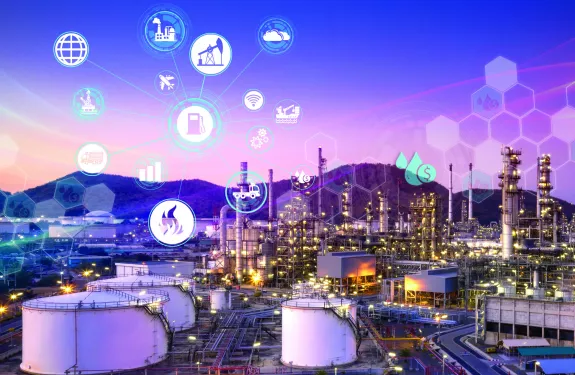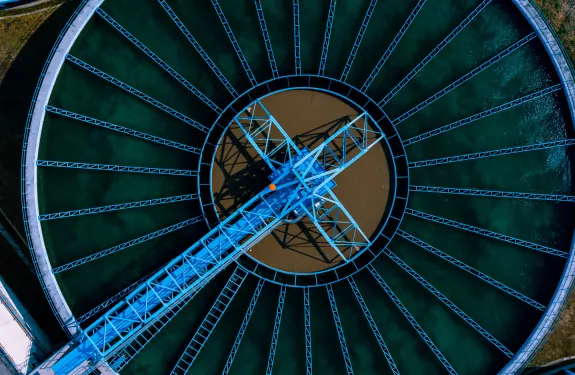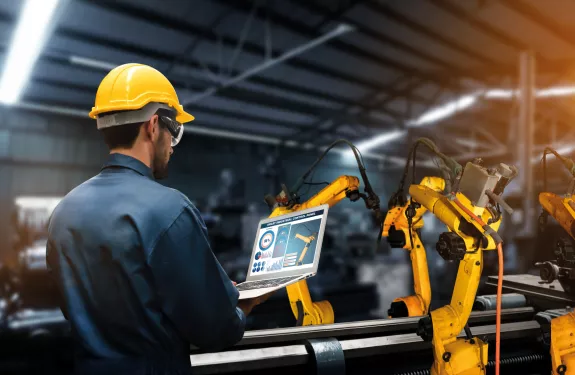Critical infrastructure
Our products and solutions are designed to help improve critical infrastructure security. By providing safeguards, insights, and awareness, together we can reliably improve productivity, protect employees, and improve sustainability.
Video surveillance for temporary structures
6
minutes read
How the oil and gas sector can set the health and safety standard for critical infrastructure
7
minutes read
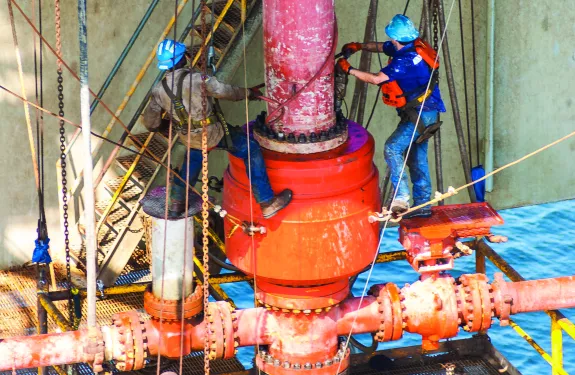

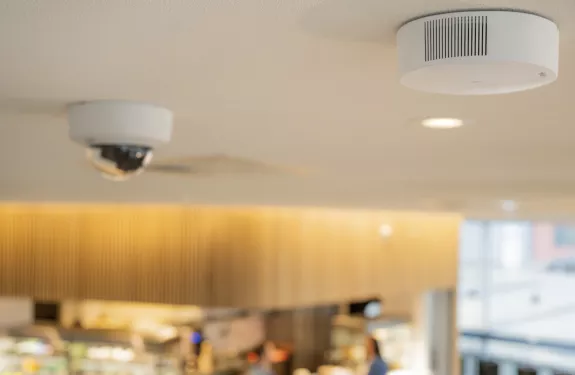

Workplace safety in critical infrastructure and industrial operations: minimizing risks, maximizing business continuity
6
minutes read
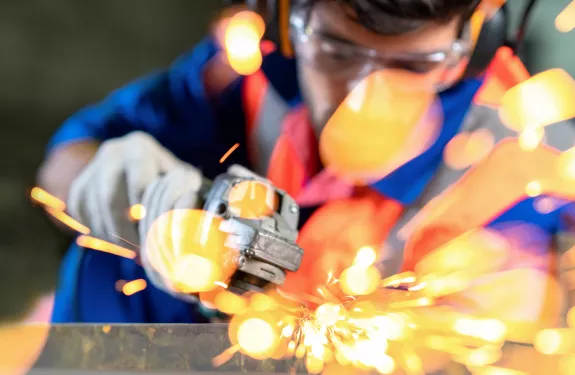
Cybersecurity in process monitoring within Oil and Gas
6
minutes read
